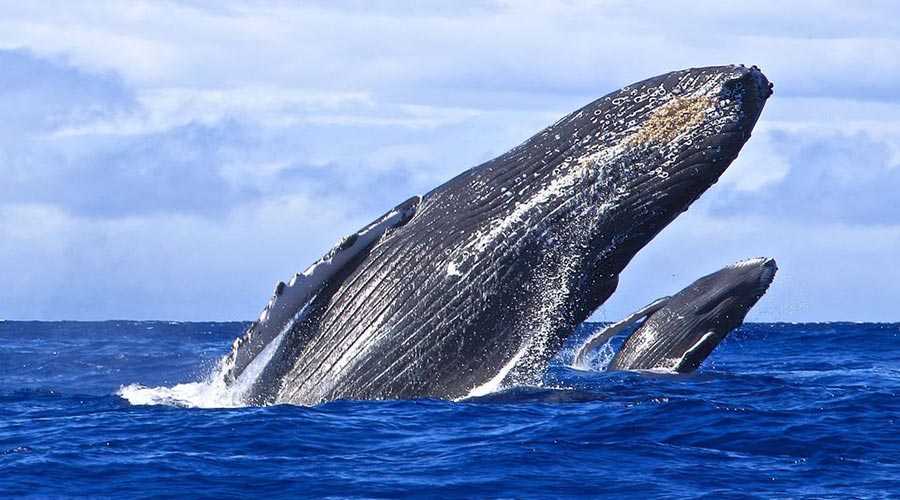movingstarvoices.org – Whale migration is one of the most fascinating natural phenomena, involving incredible journeys across vast ocean expanses. These migrations are driven by the need to find food, suitable breeding grounds, and favorable environmental conditions. Understanding whale migration patterns offers insights into the lives of these majestic creatures and highlights the importance of conserving their migratory routes.
The Purpose of Whale Migration
Whales migrate for several reasons:
- Feeding: Many whale species travel to nutrient-rich polar waters during feeding seasons to take advantage of the abundance of krill and small fish.
- Breeding and Calving: Whales migrate to warmer, calmer waters to give birth and raise their young, ensuring the calves have a higher chance of survival in a safer environment.
- Temperature Regulation: Migrating between different ocean regions helps whales regulate their body temperature and maintain their energy levels.
Notable Whale Migration Patterns
Some of the most remarkable whale migrations include:
- Humpback Whales: Known for their long migrations, humpback whales travel up to 16,000 miles annually. They spend summers feeding in polar regions and migrate to tropical waters for breeding and calving.
- Gray Whales: Gray whales undertake one of the longest migrations of any mammal, traveling about 10,000-12,000 miles round trip from their feeding grounds in the Arctic to breeding lagoons in Mexico.
- Blue Whales: These gentle giants migrate seasonally between high-latitude feeding areas and low-latitude breeding grounds, although their specific migration routes are less well known due to their elusive nature.
Challenges Faced During Migration
Whales face numerous challenges during their migratory journeys:
- Climate Change: Alterations in ocean temperatures and currents can affect the availability of food and disrupt traditional migration routes.
- Human Activities: Shipping lanes, fishing nets, and ocean noise pollution pose significant threats to migrating whales.
- Habitat Degradation: Coastal development and pollution can impact breeding and feeding areas, making it difficult for whales to find suitable habitats.
Conservation Efforts to Protect Migratory Routes
Protecting whale migration routes is crucial for the survival of these species:
- Marine Protected Areas: Establishing protected zones along known migration paths helps reduce human impact and preserve critical habitats.
- International Collaboration: Countries work together to create policies and regulations that safeguard migratory routes and reduce threats.
- Research and Monitoring: Ongoing scientific research helps track migration patterns and assess the impact of environmental changes on whale populations.
Conclusion
Whale migration is a testament to the incredible adaptability and resilience of these ocean giants. By understanding and protecting their migratory routes, we can ensure that whales continue to thrive in the face of environmental and human-induced challenges. The epic journeys of whales across oceans remind us of the interconnectedness of marine ecosystems and the importance of global conservation efforts. Through awareness and action, we can help safeguard the future of these magnificent travelers.
